Accordingly, the Law on Real Estate Business (amended) stipulates that land use rights cannot be transferred to individuals who build houses themselves, divide plots of land for sale in wards, districts, and cities of special-class, class I, II, and III urban areas, and are subject to auctions of land use rights to invest in housing construction projects according to the provisions of the Land Law.

For the remaining areas, the provincial People's Committee will base on local conditions to determine the areas where project investors are allowed to transfer land use rights with technical infrastructure to individuals to build their own houses. With the move to tighten land subdivision and sale taking effect on January 1, 2025, experts say there will be an impact from North to South.
However, experts cite that currently, Clause 2, Article 41 of Decree 43/2014/ND-CP amended by Decree 148/2020/ND-CP only prevents subdivision and sale of land in wards of special-class urban areas and class I urban areas directly under the Central Government; areas with high requirements for landscape architecture, central areas and around works that are architectural highlights in urban areas...
Therefore, there are also many concerns that there will be a wave of "running" to divide and sell land plots before the Law on Real Estate Business officially takes effect. Mr. Duong Quoc Thuy, Chairman of the Can Tho City Real Estate Association (CaREA) commented that the ban on dividing and selling land plots in special, type I, type II, and type III urban areas will have a great impact on the structure of real estate product segments. In the near future, the market will have a clear differentiation in the land segment.
With the current legal framework, it is very difficult to establish a project lasting from 3 to 5 years. Businessmen will choose the solution of implementing the individual model to divide the plots themselves - this is suitable, easy and creates a larger supply and less choose to establish projects and legal entities.
Therefore, with the new regulation, the number of land products from subdivision in the coming period will decrease. Scarce supply causes land prices to increase. However, in the long term, this will help the market develop more healthily - Mr. Thuy analyzed.
According to statistics from the Ministry of Construction, by December 2023, the country will have 902 urban areas; of which, there are 2 special urban areas, 22 type I urban areas, 36 type II urban areas, 45 type III urban areas, 95 type IV urban areas and 702 type V urban areas. Thus, the new regulation will not allow subdivision and sale of land in 105 cities and towns; an increase of 81 cities and towns compared to current regulations.
In addition to the two special urban areas of Hanoi and Ho Chi Minh City, which will be subject to land subdivision and sale restrictions, there are 22 type I urban areas; including three centrally-run cities: Hai Phong, Da Nang, Can Tho and 19 provincial cities: Hue, Vinh, Da Lat, Nha Trang, Quy Nhon, Buon Ma Thuot, Thai Nguyen, Nam Dinh, Viet Tri, Vung Tau, Ha Long, Thanh Hoa, Bien Hoa, My Tho, Thu Dau Mot, Bac Ninh, Hai Duong, Pleiku, Long Xuyen.
In addition, there are 36 type II urban areas including provincial cities: Phan Thiet, Ca Mau, Tuy Hoa, Uong Bi, Thai Binh, Rach Gia, Bac Lieu, Ninh Binh, Dong Hoi, Phu Quoc, Vinh Yen, Lao Cai, Ba Ria, Bac Giang, Phan Rang - Thap Cham, Chau Doc, Cam Pha, Quang Ngai, Tam Ky, Tra Vinh, Sa Dec, Mong Cai, Phu Ly, Ben Tre, Ha Tinh, Lang Son, Son La, Tan An, Vi Thanh, Cao Lanh, Vinh Long, Tuyen Quang, Soc Trang, Kon Tum, Di An, Yen Bai.
There are also 45 type III urban areas including 29 cities: Dien Bien Phu, Hoa Binh, Hoi An, Hung Yen, Dong Ha, Bao Loc, Ha Giang, Cam Ranh, Cao Bang, Lai Chau, Tay Ninh, Bac Kan, Tam Diep, Song Cong, Sam Son, Phuc Yen, Ha Tien, Dong Xoai, Chi Linh, Long Khanh, Gia Nghia, Nga Bay, Thuan An, Hong Ngu, Tu Son, Pho Yen, Tan Uyen, Ben Cat, Go Cong.
Along with that, 16 towns include: Son Tay, Cua Lo, Phu Tho, Bim Son, La Gi, Song Cau, Long My, Tan Chau, Cai Lay, Quang Yen, Ky Anh, Binh Minh, Dong Trieu, Phu My, An Nhon, Kien Tuong.
Commenting on the impact of the policy, Mr. Dinh Minh Tuan - Director of Batdongsan.com.vn in the Southern region said that the number of land subdivisions for sale in urban areas of type II and III has been booming in recent years. Therefore, tightening the subdivision according to the new regulations of the Law on Real Estate Business (amended) will affect the entire market from North to South, but 90% of investors affected are in urban areas of type II and III. Price adjustment is natural, but land will no longer fall into "fever" periods like before - Mr. Tuan predicted.
Source


![[Photo] Prime Minister Pham Minh Chinh meets with US business representatives](https://vphoto.vietnam.vn/thumb/1200x675/vietnam/resource/IMAGE/2025/5/13/5bf2bff8977041adab2baf9944e547b5)

![[Photo] President Luong Cuong attends the inauguration of the international container port in Hai Phong](https://vphoto.vietnam.vn/thumb/1200x675/vietnam/resource/IMAGE/2025/5/13/9544c01a03e241fdadb6f9708e1c0b65)
![[Photo] Prime Minister Pham Minh Chinh receives Ambassador of the French Republic to Vietnam Olivier Brochet](https://vphoto.vietnam.vn/thumb/1200x675/vietnam/resource/IMAGE/2025/5/13/f5441496fa4a456abf47c8c747d2fe92)


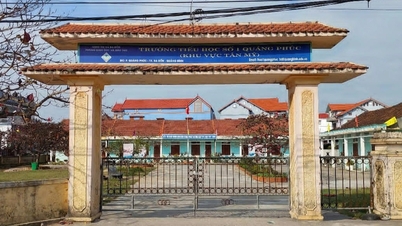

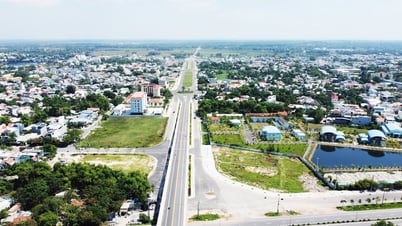
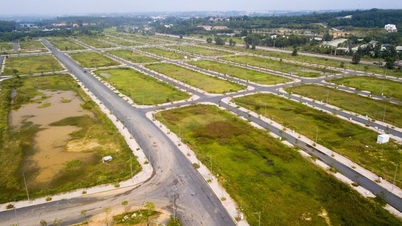




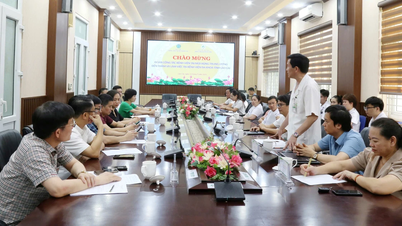

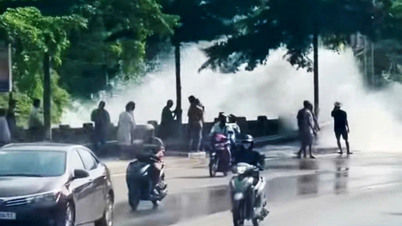
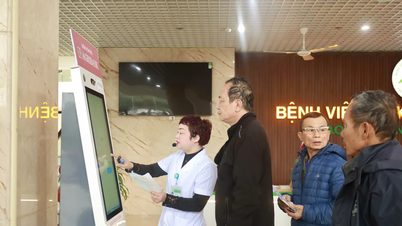
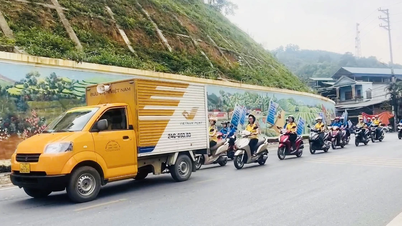









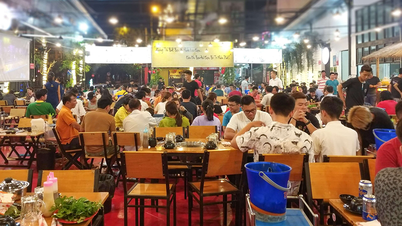


















































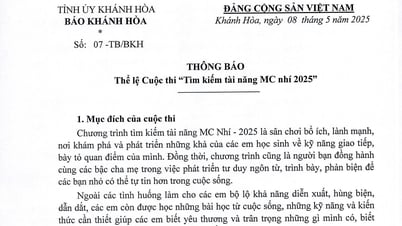




















Comment (0)